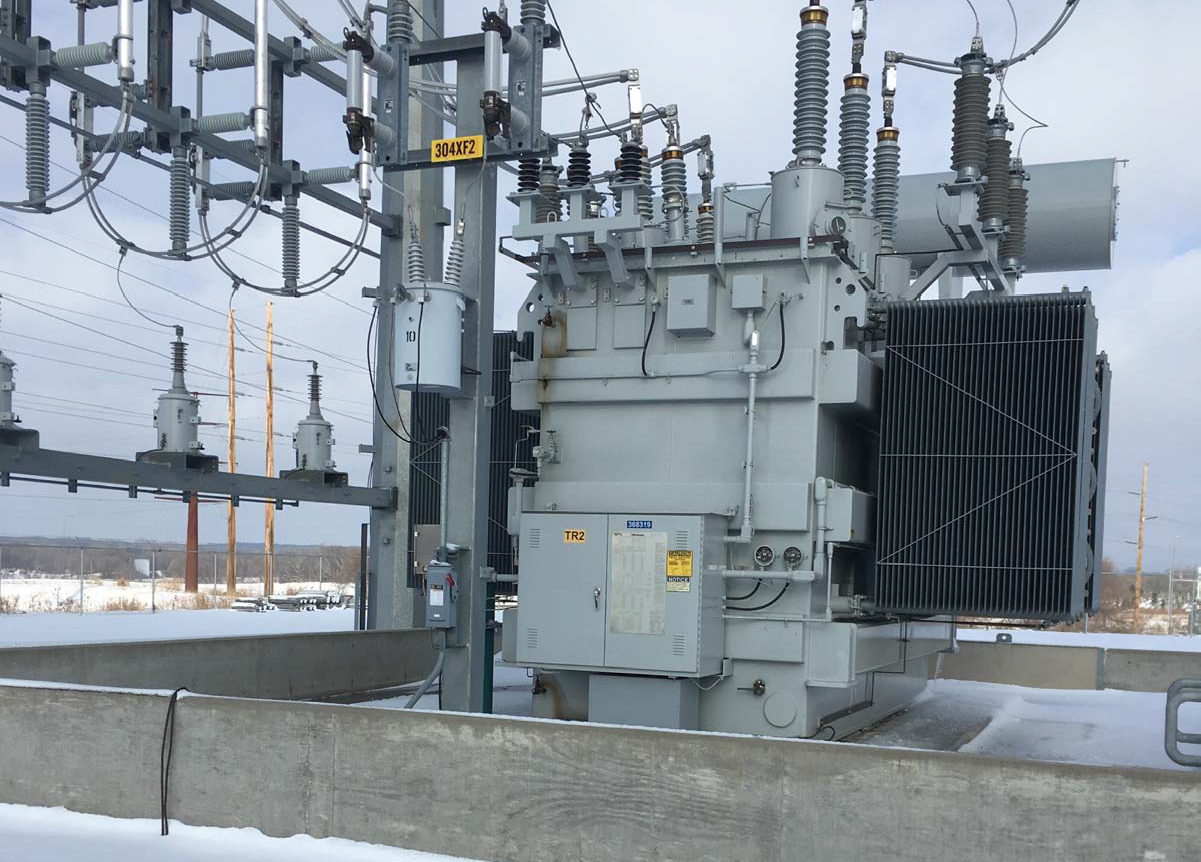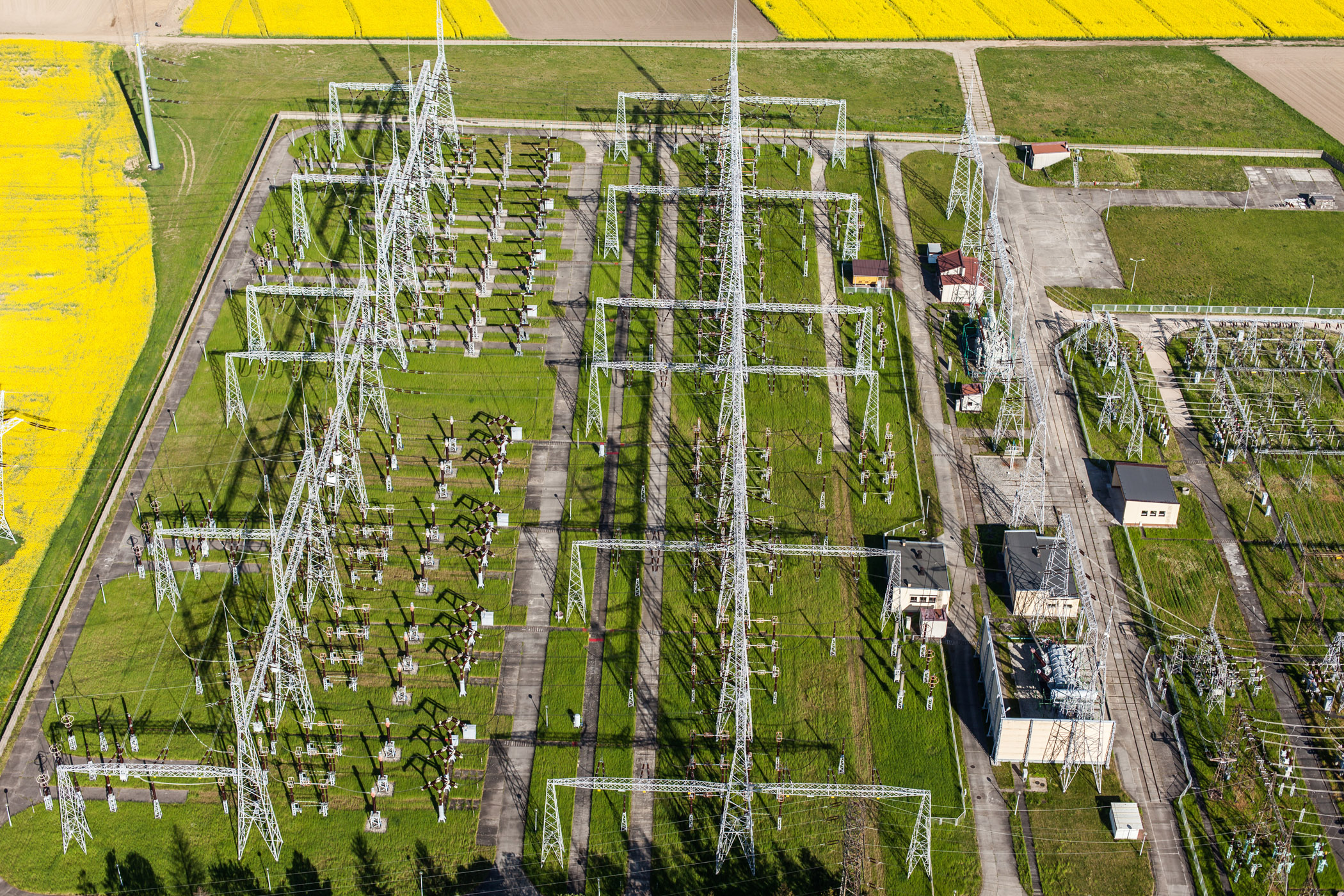Overview
Objective
Substations can be impacted by chemical contamination from many sources, including oil storage and usage, asbestos, leaking equipment, legacy contamination from PCBs, arsenical herbicides, firefighting foams (PFAS), and solvents used to clean and maintain equipment. Containing spills and stormwater is important to prevent leaks of contaminants to the surrounding environment. Obsolete substations generally require detailed site investigation and evaluation of any hazardous materials that might require remediation prior to decommissioning.
Substations can also provide opportunities to improve environmental performance and contribute to environmental, social, and governance (ESG) utility goals. Building on prior research, additional research is underway on alternative electrical insulating fluids, sustainable retrofit options to improve environmental performance, and opportunities to decrease nuisance conditions. These strategies may also serve to increase public acceptance of substations. Research objectives include:
- Investigate approaches to assessing and remediating soil and groundwater contaminated with arsenic, PCBs, oils, and other chemicals
- Investigate environmental impacts of SF6 alternatives
- Develop cost-effective, secondary/spill containment and stormwater management practices
- Assess and communicate human health and public exposure potential from substations
- Develop strategies and solutions to improve compliance, reduce nuisance conditions, create native habitat, and use vegetation to potentially reduce the frequency of outages from animal or avian interactions.
Approach

Mitigation of Substations Environment Impacts:
This task documents, analyzes, and tests mitigation options for chemicals of concern and nuisance conditions in substations.

Sustainable Substations:
This task develops guidance for sustainable substations, including retrofits, and explores opportunities to apply circular-economy principles.
Research value
- Develops research for sustainable substation retrofits and upgrades that contribute to circular economy principles
- Reduces environmental and human health risks and the consequent costs associated with environmental impacts
- Reduces costs and risks associated with secondary/spill containment and stormwater management
- Identifies opportunities to improve sustainability and compliance while reducing potential environmental impacts
- Reduces costs for site investigation and remediation by developing remedial approaches for contaminated substations
- Evaluates the lifecycle of materials used in substations to identify opportunities for supply chain improvements and/or reduced environmental impacts
- Provides information and tools to manage legacy chemicals (such as PCBs) in transformers and other electrical equipment
- Reduces costs related to remediation of chemical contamination at substations
- Prepares and implements action plans for contaminated sites
- Improves communications with stakeholder groups, including regulators and members of the public
Research plans
Current long-term projects
Effect of Vegetative Screens on Nuisance Conditions in Substations
Substations play a critical role in electrical transmission and distribution, ensuring reliable energy delivery. However, they may also generate nuisance conditions such as noise pollution, light pollution, and localized heat island effects, leading to public resistance against their development or expansion. While vegetative screens may help mitigate these issues, there is concern that they could increase wildlife interactions, potentially creating new challenges. This project aims to evaluate the effectiveness of vegetative screens in reducing nuisance conditions while assessing potential wildlife impacts.
Project span: 2024-2026
2025 projects
Mineral Oil Spill Estimation Software - Multiphase (MOSES-MP) v5.5
The MOSES-MP software is used to determine whether a spill of mineral oil from electrical equipment is likely to reach nearby surface water via overland flow or to migrate through the subsurface to underlying groundwater. The program consists of two integrated modules: the Mineral Oil Spill Evaluation System (MOSES) module calculates the probabilities and volumes of oil reaching a water body, and the Multiphase (MP) module simulates transport through soils to groundwater. In addition to the calculations, the software provides a Spill Prevention, Control, and Countermeasure (SPCC) Wizard and a customizable SPCC Plan template.